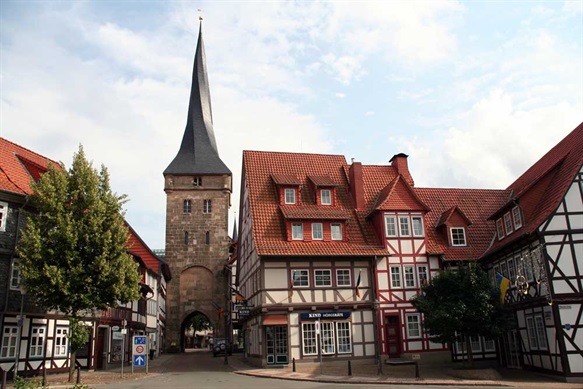Cities and Counties > Göttingen County

©
copyright_Amrhingar_Lizenz_CCBY-SA3
Population: 325,000
Surface area: 1,743.46 km²
The district of Göttingen in the southernmost part of Lower Saxony is an ancient cultural area with many remarkable testimonies of history. Rural agriculture has shaped landscape and culture for over 7.000 years. The industrialization in the 19th and 20th century has only slowly captured this area which still dominates the towns and villages of half-timbered buildings. Castle ruins and numerous manor houses have been preserved as witnesses to the history.
In the varied landscape of the hills, many small villages were built along the small streamlets and in the large river valleys of Werra, Fulda, Weser and Leine. The woody richness of the varied beech and oak mixed forests often enabled richly designed half-timbered buildings. The excellent building material Bundsandstein was also characteristic for local buildings and, over the centuries, also an export item of the region.
Agricultural products such as grain from the "Goldene Mark" grain chamber in Eichsfeld or wool and linseed from Göttingen were already delivered far beyond the region at Hanseatic times. The association of village-oriented economic and interregional-oriented thinking and business practices shaped the mentality of the inhabitants. Through the founding of the university in 1737 by King Georg-August of Hanover, Göttingen became the aim of countless foreign students and professors. Numerous eminent scientists have worked in Göttingen since then and have made the city known throughout the world.
Advert
